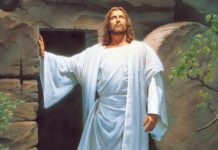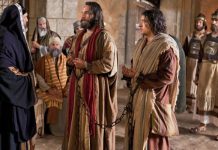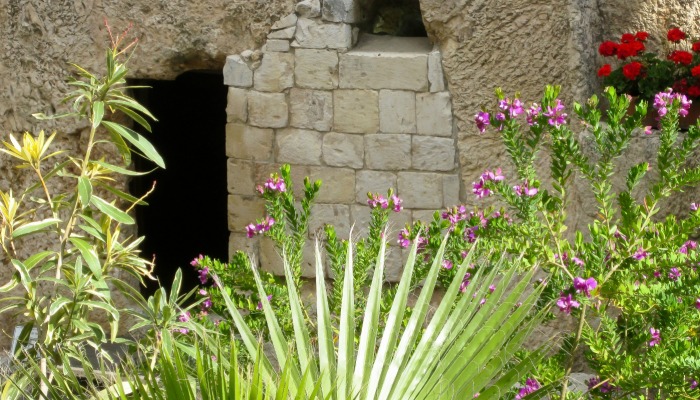
Easter Sunday is the day most Christians celebrate the resurrection of Christ. In the United States, where many Christians are Catholics or Protestants, Easter Sunday 2016 is celebrated on March 27th, and Easter Sunday 2017 is celebrated on April 16th. For Greek Orthodox Christians, however, Easter 2016 will be celebrated on Sunday, May 1st.
Easter is considered a “moveable feast” in that it is not planned according to the solar Gregorian calendar. Instead, the scheduling of the Easter holiday follows a “lunisolar” calendar (the Hebrew calendar) based on both the sun and the moon. Feasts then stay in the same part of the year, but the dates move around.
Actually, the scheduling of Easter in early Christianity using the Hebrew calendar was no easy feat, and was controversial for hundreds of years. Christian leaders were trying to follow rules laid down by the First Council of Nicea in A.D. 325. Finally, Western Easter came to be the first Sunday after the ecclesiastical full moon that occurs on or soonest after 21 March, the spring equinox.
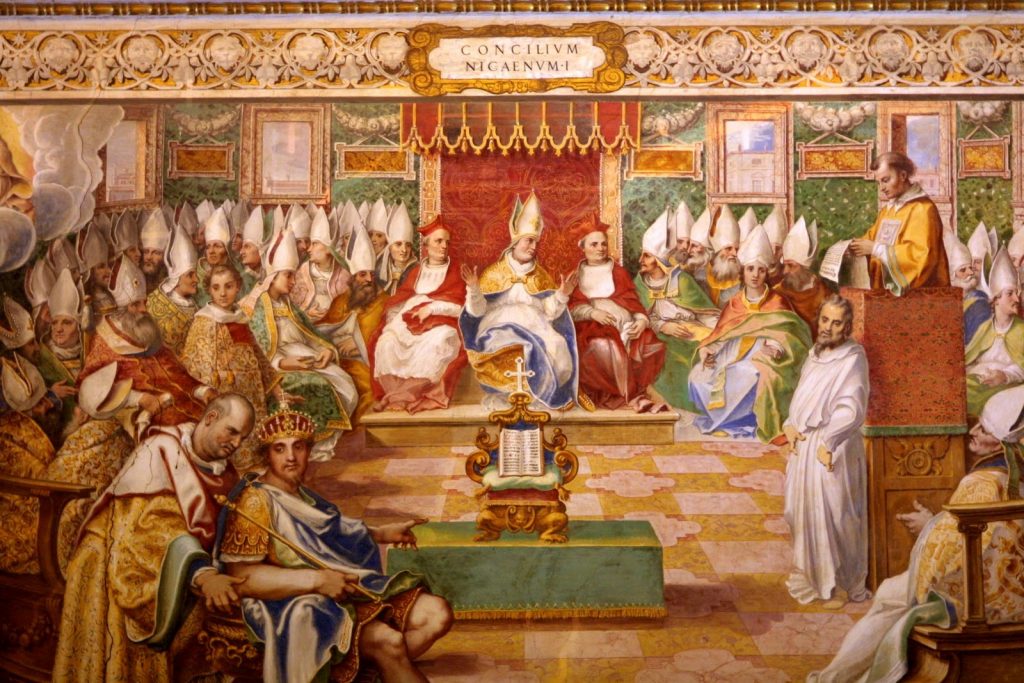
Eastern Orthodoxy, however, not only uses the Julian Calendar instead of the Gregorian, but tries to stay even more faithful to the edicts of that first Council of Nicea. Eastern Orthodox Christians want Easter always to come after Passover. (Note that Western Easter falls nearly a month before Passover in 2016.) Western and Eastern Easter will fall on the same Sunday in 2017, but not again until 2034.
Resurrection Sunday
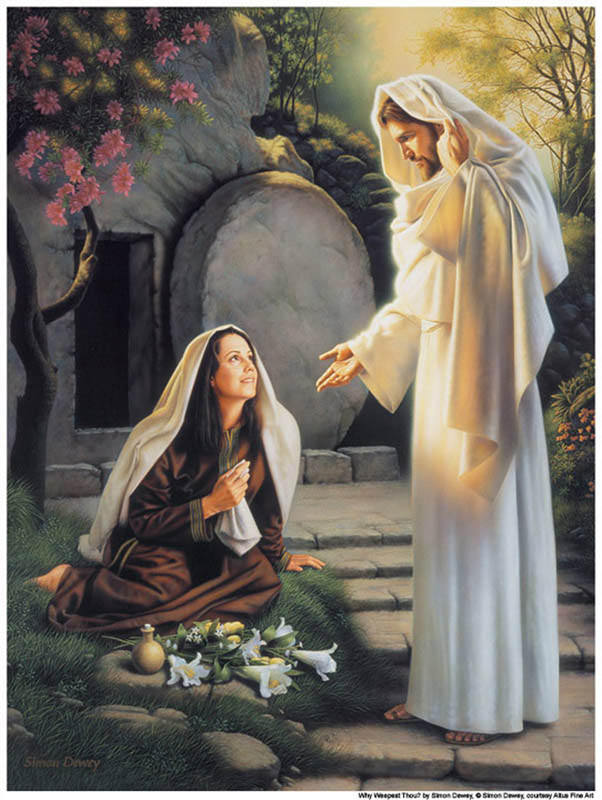
The choice of a Sunday for the celebration of Easter is a given — Christ was resurrected on the first day of the week (Mark 16; Matthew 28). This is literal in Hebrew, as the days of the week have no names, except for the Sabbath. So the days of the week are, literally, First Day, Second Day, Third Day, Fourth Day, Fifth Day, Sixth Day, Shabbat.
But the day of Christ’s resurrection was also a Jewish holiday of profound significance. You are thinking Passover, and indeed, Christ was resurrected during Passover week. However, the holiday of which I am speaking is called Bikkurim.
Jewish Holy Days Predicted the Savior
When the Israelites were about to begin their Exodus from Egypt so many hundreds of years ago, the Lord instituted the Passover so the Israelites would ever remember their deliverance and redemption. The Lord established the Passover as the beginning of their religious year and made it the first of seven holy convocations centered upon the temple. Together, those convocations present symbolism that teaches of Christ, His first and second comings, His birth, death, mission, and resurrection.
The festivals, once the tabernacle and then the temples were built, necessitated three pilgrimages to the temple — one in the spring (to celebrate Passover, the Feast of Unleavened Bread, and Bikkurim), one in the summer (to celebrate Pentecost—the Feast of Weeks), and one in the fall (to celebrate the Feast of Trumpets, the Day of Atonement, and the Feast of Tabernacles). Total, 7.
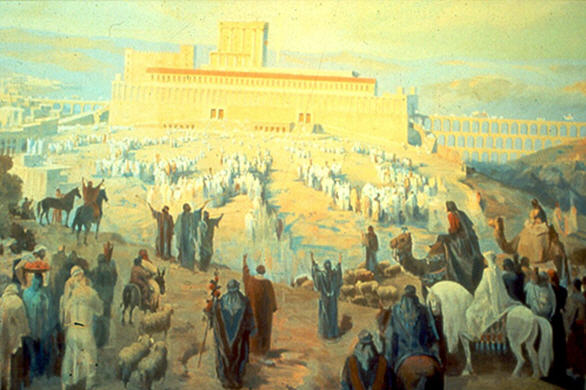
The Death and Resurrection of Christ
Jesus was the Lamb of God, represented by the Passover Lamb and the unleavened bread. (In 1 Corinthians 5:7 it says, “Purge out therefore the old leaven, that ye may be a new lump, as ye are unleavened. For evenChrist our passover is sacrificed for us.”)
He was crucified at the same time the selected lambs were being sacrificed in the temple, having performed His own Passover feast one night before the Pharisaic Jews of Jerusalem. At their own Passover feasts with their families, the Jews would partake of unleavened bread that was pierced and striped, most of them not realizing the symbolic connection with the scourged and crucified Christ.
The sacrifice of the Passover lambs was to take place on the 14th day of the spring month of Nisan; then the next day, the week-long Feast of Unleavened Bread would begin. The first and last days of this (originally) eight-day celebration were considered Sabbaths, High Holy Days. Now, let’s talk about Bikkurim.
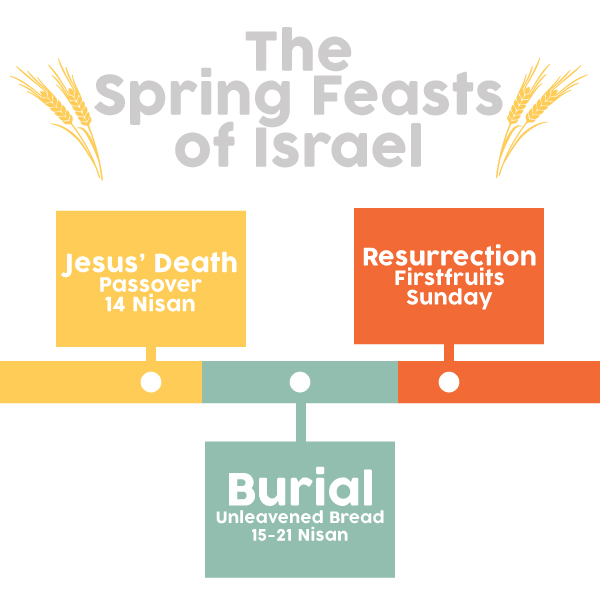
Bikkurim, The Feast of the Honored Son
When the Jews made their pilgrimage to the temple for the spring holidays, the first barley harvest in Israel and surrounding countries was already complete. The Jewish families brought grain and flour to sustain themselves, but according to Jewish law, they were forbidden to use the product of this new harvest until after the wave offering was performed in the temple.
Bikkurim is a first-fruits festival celebrated within the Passover/Unleavened Bread holiday week. The Hebrew word derives from the word bekhor, which means “first-born son.” The Lord commanded (Leviticus 23:11) that the holiday should be observed on the day after the first Sabbath occurring during the Passover week. This has caused chagrin for rabbis through the centuries, because with a lunisolar calendar, the week may begin with a different day each year. And what did God mean when He said “…the day after the Sabbath”? Did he mean the day after Saturday, the normal Sabbath? Or the day after Nisan 14, the high, holy Passover Sabbath?
It seems clear from the Christ-imagery in the holiday, that the observance was meant to be on a Sunday, the day after the normal Sabbath.
The rabbis mostly agreed on celebrating Bikkurim on the 16th of Nisan, and that’s what is done today. But the holiday has drifted into obscurity. Once Herod’s temple was destroyed, what rituals could be observed in the home or in the synagogue transferred to those locations, but animal sacrifice, and holidays like Bikkurim, don’t translate well to venues outside the temple.
Here is the rich symbolism of the festival.— First, to insure the perfection of the grain offering, that it might be without blemish, a special field of barley was grown near the temple under the supervision of the Sanhedrin. Seeds were sown in winter, during the latter rains. It was forbidden by Jewish law to water this field or to fertilize it. It had to grow up unto itself with no need for nurturing from the hand of man.
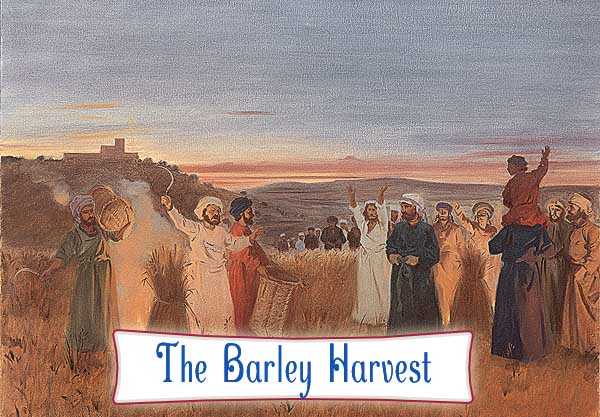
On Bikkurim, three high priests chosen from among the Sanhedrin came down from the temple to reap pre-chosen bundles of barley. A crowd would watch them carefully.
It was a joyous occasion. The priests would ask rhetorical questions of the crowd, asking for their common consent in selecting these perfect sheaves of barley. The perfect sheaves were “set apart” by binding them with fine cords. The priests would harvest “one ephah” (about 2/3 bushel) of barley, take the grain to the temple, then thresh it with rods in the temple court. The grain was then parched over an open flame, then winnowed to remove the chaff. It was then milled and sifted very fine. Then it was presented to the Lord.
A Perfect Future Harvest, Guaranteed
The fine flour was mixed with purest olive oil and a bit of frankincense. The priest waved the offering before the Lord, burned a small amount upon the altar, then gave the rest to the Levites. While this special offering was made by the priests, each family was to bring its offering from the first harvest also. Each family had gone through similar preparatory rituals at home, then brought their selected grain to the temple to be sanctified.
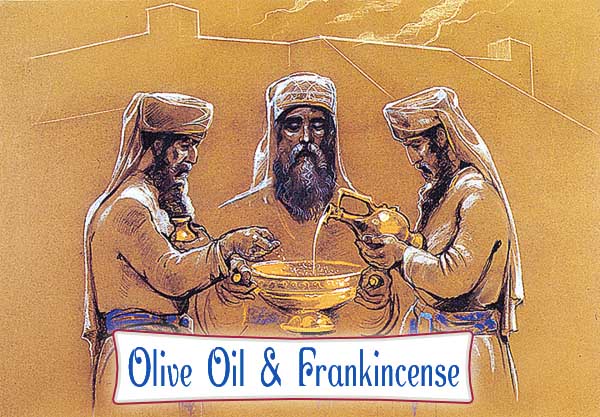
The wave offering guaranteed a perfect harvest for the coming year. As this ritual took place, on a Sunday, Christ rose from the dead, guaranteeing a perfect harvest of resurrected souls for His Father, God.
No wonder, then, as Heavenly Father continues to fulfill the promises in these festivals on the exact days they occurred, that Moses, Elias, and Elijah appeared to Joseph Smith and Sidney Rigdon on Bikkurim, April 3, 1836, in the Kirtland Temple.
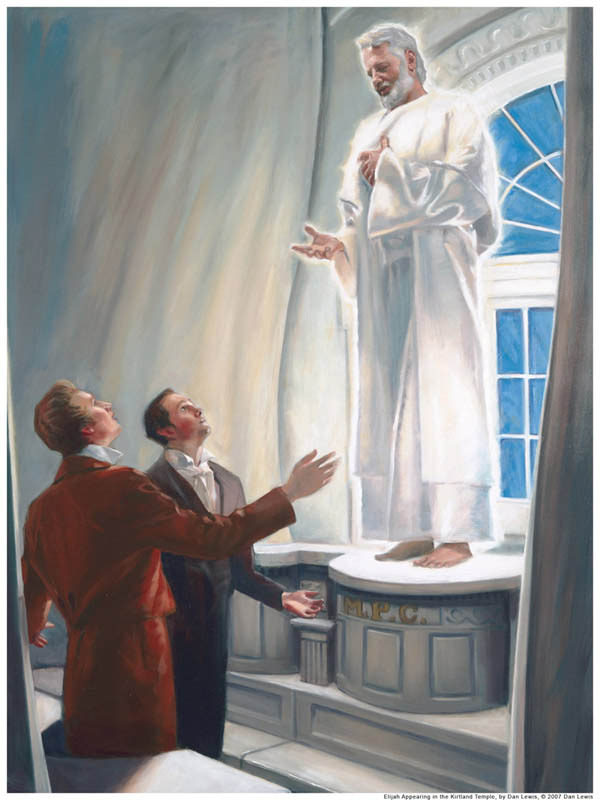
The Jews have always taught that Elijah would return. They reserve an empty place for him in the synagogue and the Passover table. They have taught that when Elijah does come back, the Messiah will follow him so quickly that it will be like the Messiah has ahold of Elijah’s coat.
Elijah has come, restoring the sealing power that helps bind us to our ancestors, a continuation of the promise of that Bikkurim offering so long ago, when Christ offered Himself to prepare that perfect harvest for God, a harvest of souls — us.
Now that you know about Bikkurim, do you know anyone who would benefit by learning about it? If so, be sure to share this article with them.
_____________
You can learn more about this and other Jewish holy days and what they mean for Latter-day Saints by reading Gale’s book, Days of Awe, available at Amazon.com.


